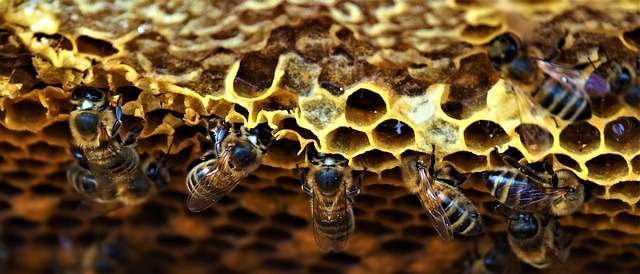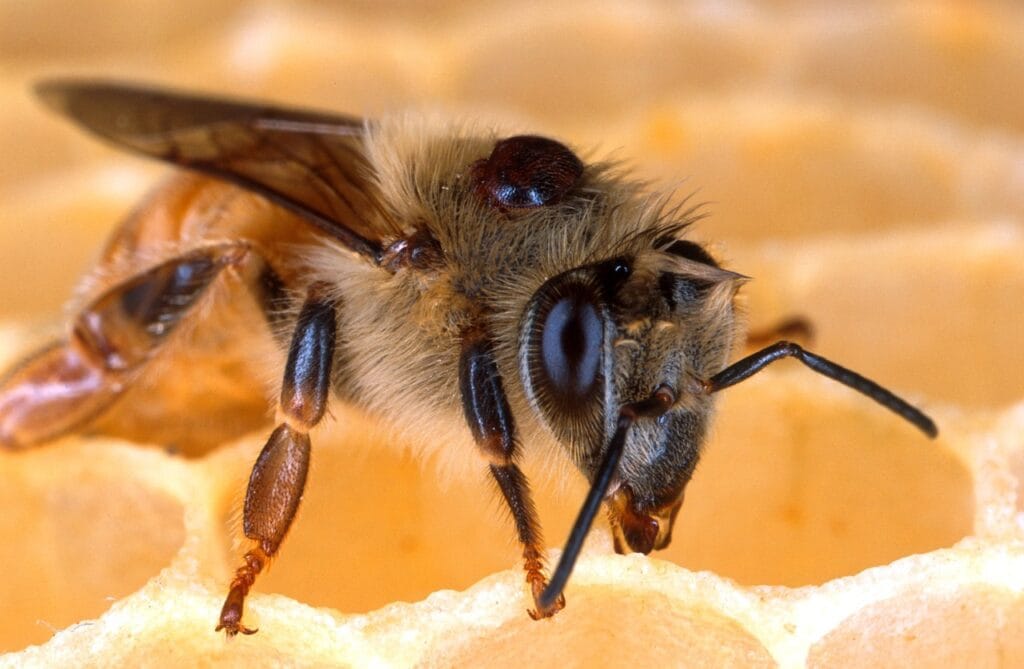Here’s the safety precautions you should take when using chemical treatments for Varroa mites
When using chemical treatments for Varroa mites, it’s crucial to prioritize both your safety and the health of your bees.
Here are the most important safety precautions:
1. Always Read and Follow Product Labels
- Review and strictly adhere to the label instructions for each chemical—including dose, application method, timing, and hive preparation[1][2][3].
- Some chemicals have specific restrictions (e.g., not for use with honey supers present, or only at certain temperatures)[2][4][3].
2. Personal Protective Equipment (PPE)
- Respirator: Use a full-face or half-face respirator with the correct cartridges—especially when vaporizing oxalic acid or using formic acid, which produce dangerous fumes[1][5][6].
- Gloves: Wear acid-resistant (nitrile or chemical-resistant) gloves whenever handling treatments, strips, or solutions[1][5][2].
- Eye Protection: Use safety goggles, especially during mixing or dribble/spray applications[1][6].
- Clothing: Wear long sleeves, pants, and closed-toe shoes; avoid skin contact with chemicals and wash thoroughly after use[1][6].
3. Safe Handling and Storage
- Always mix and prepare chemicals in a well-ventilated area, ideally outdoors, and avoid inhaling vapors[6].
- Store chemicals in their original containers, tightly sealed, and well out of reach of children and pets[6].
- Keep products away from food, water, and beekeeping equipment not involved in treatment.
4. Application Precautions
- Only use the chemical for approved hive types and colony sizes; follow tailored instructions for small/weak/new colonies[4].
- Use the correct method for the temperature and environmental conditions (many treatments have temperature ranges for safe, effective use)[4][3].
- Seal the hive as needed for vaporization, but always monitor bees to prevent overheating.
- Never apply more than the recommended dose or frequency—overuse can harm bees and queen, cause brood loss, and accelerate resistance[3][7].
5. Protect Hive Products
- Remove honey supers if the chemical label requires it; do not use treatments likely to leave residues in honey for human consumption[4].
- Store any supers removed safely away from pests (e.g., wax moths).
6. Post-Treatment Clean-Up
- Wash hands and exposed skin after application; discard single-use gloves and clean reusable PPE appropriately.
- Dispose of chemical waste and containers per local regulations.
Summary Table: Critical Safety Steps
| Step | What to Do |
| PPE | Respirator, acid-resistant gloves, goggles, long clothing[1][5][6] |
| Reading labels | Strictly follow product instructions and safety guidance[1][2][3] |
| Ventilation | Prepare/apply in open or well-ventilated space[6][5] |
| Hive/honey protection | Remove supers if label says; avoid residue risks[2][4][3] |
| Proper dosing and handling | Never exceed label rates or frequency; tailor to hive size[3][7][4] |
| Storage & disposal | Safe, secure storage; careful disposal per local law[6][2] |
In Summary
By consistently following these safety practices, you protect both your health and your bees, reduce the chance of harmful residues in hive products, and avoid chemical overuse or resistance buildup[1][6][3][2][5][4].
⁂
- https://honeybeehealthcoalition.org/wp-content/uploads/2022/08/HBHC-Guide_Varroa-Mgmt_8thEd-082422.pdf
- https://www.ontariobee.com/sites/ontariobee.com/files/Treatment Recommendations 2017-11-02.pdf
- https://extension.psu.edu/methods-to-control-varroa-mites-an-integrated-pest-management-approach
- https://www.perfectbee.com/a-healthy-beehive/threats-to-bees/mite-treatment-considerations-regulations
- https://www.foxhoundbeecompany.com/blogs/beekeeping-equipment/oxalic-acid-vaporization
- https://blythewoodbeecompany.com/blogs/news/varroa-mite-treatment-oxalic-acid
- https://www.perfectbee.com/a-healthy-beehive/threats-to-bees/a-beekeepers-guide-to-using-oxalic-acid



